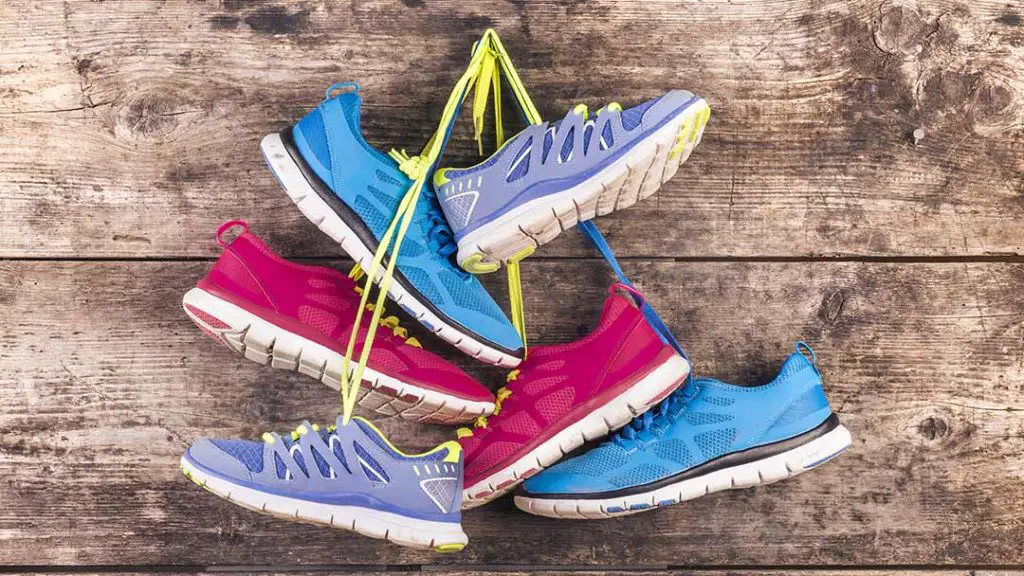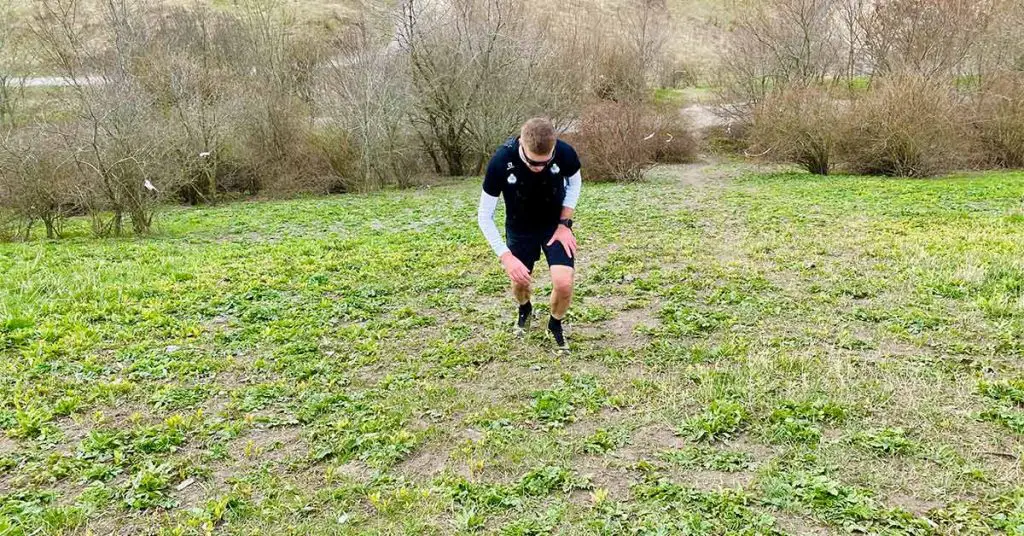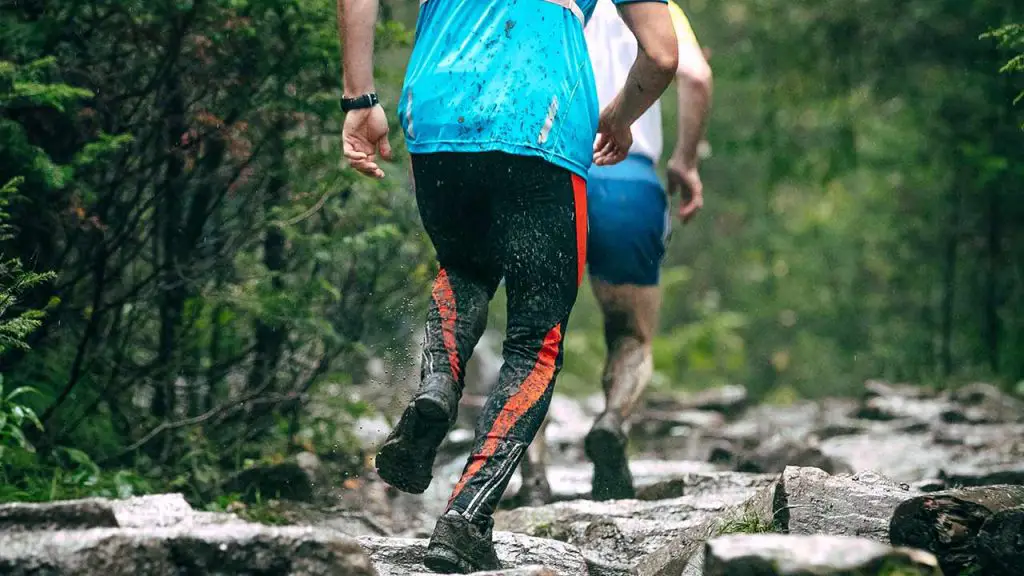Estimated read time: 6 minutes.
It’s safe to say that footwear is a popular item for thrift stores. Footwear is one of the best-selling categories at Buffalo Exchange consignment running stores in New York, as stated by Alyson Lutynski, the area manager.
To what extent, though, do these features justify the price tag? When do you need to worry about getting sick if you wear someone else’s shoes? We worked with a small group of consumers, fashion, non-profit, and health professionals to get to the bottom of these questions. The findings produced several arguments in favor of purchasing pre-owned footwear and some points to consider before making a final decision.
The shoes you’re holding in your hands have been worn numerous times before you. You could consider it acceptable if it has been worn no more than a few times. The more the shoe was worn, the worse the problem became.
However, many individuals don’t give their new running shoes a good airing, so the sweat builds up inside and provides a fertile environment for bacteria. The likelihood of contracting foot fungus from purchasing previously worn footwear increases significantly.
Should You Buy Used Shoes?
The price of gently used footwear is typically much lower than that of similarly styled new footwear. Belle Bakst, a fashion and lifestyle blogger with over 52,000 Instagram followers, says, “People often buy a pair, only to discover they don’t fit quite right or are uncomfortable.”
As a result, “you have the chance to get the shoe that is still in great condition for a reasonable price when they clean out their closets and put the shoes up for sale.”
Almost all of Bakst’s clothing is thrifted, and she says that saving money on name brands is a major draw. A recent and much-loved addition to her collection? I scored a pair of vintage Dior heels from the ’60s for around $70 (their high-end designs now begin at $650).
Reasons People Buy Thrifty Items
The textile and clothing sector is responsible for more carbon emissions than all international aircraft and maritime shipping put together (10 percent). Each person in the United States contributes more than 77 pounds of textiles to landfills annually. It’s also harmful to water quality.
Polyester, a synthetic (fossil-fuel byproduct) commonly buy used in athletic wear, emits two to three times more carbon emissions than cotton and does not biodegrade in marine environments.
Manufacturing polyester for use in textiles resulted in about 706 billion kg (1.5 trillion pounds) of greenhouse gases in 2015, almost the same as the annual output of 185 coal-fired power plants.
Untreated wastewater from textile industries sometimes contains harmful chemicals, including lead, mercury, and arsenic; this is a problem in many nations that export clothing. And it’s not just the millions of people who live nearby and rely on those rivers who stand to lose.
You may keep clothing out of landfills and lessen your environmental impact by purchasing pre-owned items, in addition to selecting clothing and used gear made in nations with tighter environmental rules, such as the European Union (EU), Canada, and the United States (USA).
Mistakes Runners Make When Buying Running Shoes
1. You’re Not Getting Your Foot Properly Measured
Eric Sach, the proprietor of The Balanced Athlete in Renton, Washington, says you should immediately get your feet measured by a sales assistant if you’re a rookie runner. The Brannock gadget determines the customer’s arch height, width, and overall foot length in a running shoe store.
According to Sach’s research, when shopping for running shoes at a running store, most people ignore arch length—the distance from your heel to the ball of your athlete’s foot and the area where your foot flexes.
Similar to how your foot is flexible in one region, all shoes are flexible in the same place, according to Sach. The expert says, “Matching those two flexing points together is the best option.”
2. You’re Confusing Volume With Width
As defined by Sach, the volume of a pair of shoes is the amount of air that can fit inside them. When there is a lack of volume, most individuals will ask Sach to make their shoes broader.
Using your fingertips to gauge the distance between the top eyelets is key. According to Sach, “shoe volume” is the amount of space inside a pair of shoes.
When there is not enough volume, most customers would ask Sach to make the shoe broader. Use your fingers to gauge the distance between the top eyelets.
3. You’re Afraid of Increasing Your Shoe Size
Sach suggests always having your feet measured while purchasing running shoes. Sach replies, “Feet don’t get shorter in general” after trying on their “normal” shoe size, he often receives customers who realize they need a size larger.
Every time you put weight on your feet, little muscles there have to extend to support you, and they never go back to their original size unless you run barefoot or work on your foot strength.
Take for example, the issue of shoe sizes: There is just a quarter of an inch of difference between full and half sizes, while the width of a shoelace is roughly an eighth of an inch. It’s incredibly small, as Sach puts it.
However, people are always saying that they are going to trip over it.” The comfort gained from going up a half size, or even a full size, is well worth the potential teasing from your peers over their perception of your “clown shoes.”
4. You Give In to Peer Pressure
Sach recommends keeping the “three F’s” (fit, feel, and function) in mind when looking for a new pair of shoes. However, the judgment of the shopper can be skewed if a friend is there during the selection process since the friend may point out that the shoes are the wrong color or that the runner’s feet look too wide in them.
Wearers typically follow the advice of their peers and forego the “floating on air” sensation.
5. You’re Using the Wrong Kind of Shoe Reviews
“When something works for you, everyone [else] should have the same exact thing,” Sach adds, but this is a dangerous fallacy. And that’s the trap that depending on crowd-sourced shoe evaluations puts the shopper in. I’m curious as to the reviewer’s shoe size and shape. Is the reviewer well-versed in the various shoe options available to consumers?
Where does the reviewer stand on the running spectrum? Check to see if the review appears in a reputable publication. Does it provide a comprehensive database to aid runners in making informed decisions, or does it merely recommend products?
6. You Wear Your Shoes Too Long
Running shoes typically last between 300 and 500 miles, but many runners either don’t keep track of their mileage or ignore the warnings and wear out their shoes too quickly.
Injuries are a real risk when shoes wear out. Some contemporary shoes, made with thinner foams, may wear out much faster than 300 miles. Owner of Running Lab in Pinckney, Michigan, Ken Larscheid, says that peculiar aches and pains in specific regions indicate it’s time to purchase a new pair.
When people complain of aches and pains, Larscheid says, “a lot of them don’t even question the age of their shoes.” We recommend slightly overlapping them in the shop.
When your present shoes start to wear out, it’s best to break them into a new pair gradually. Other signs that it’s time to get a new pair of shoes include smooth, worn grooves on the soles and uneven foam on one side of the shoe, both of which indicate that the sole is no longer flat.
FAQ
Is It Ok to Run in Old Running Shoes?
Aching and stiffness in your legs from running in worn-out shoes can cause damage and agony. Injuries are more likely to occur when running in worn-out footwear. The shoe loses its cushioning, stability, and shock absorption properties as time pass.
Why Shouldn’t You Wear Used Shoes?
Used shoes have the potential to last for a very long time, but over time they will lose their color. The pressure on the midsole and insole is lessened, the sole is gone, and the shoe cannot provide the necessary cushioning for your feet.
Can You Get Warts From Second-Hand Shoes?
It’s not as safe as you think to buy used or new shoes. The fungus that causes foot ailments and plantar warts thrives in warm, humid places.
- Best Shoes for Running on Grass - August 27, 2022
- Buying Used Running Shoes - August 23, 2022
- Are Pumas Good Running Shoes - August 15, 2022




